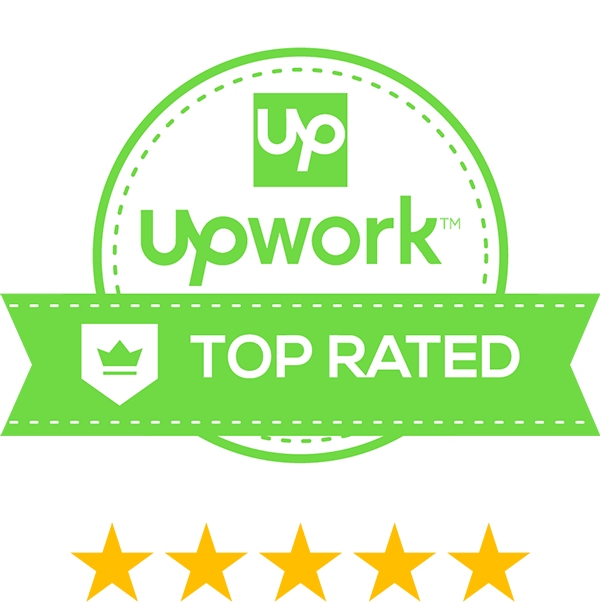Single-Page Applications (SPAs) are web applications that dynamically update the content of a single HTML page, rather than loading new pages from the server for each interaction. SPAs enhance user experience by providing a more fluid and fast interface, resembling native apps. Some of the popular SPA frameworks include React, Angular, and Vue.js.
Key Features of SPAs
- Single HTML Page: Only one HTML page is served initially. All subsequent interactions with the app dynamically modify this page using JavaScript.
- Dynamic Content: Content updates dynamically without a full-page reload, resulting in faster transitions and a smoother user experience.
- Client-Side Routing: SPAs rely on client-side routing to manage different “pages” or views. This means the URL changes, but the page doesn’t reload.
- API-Driven: SPAs often fetch data asynchronously from APIs (REST or GraphQL), separating front-end presentation from back-end logic.
Benefits of SPAs
- Speed: After the initial page load, subsequent interactions are faster since only data (not the entire page) is fetched from the server.
- Smooth User Experience: Without full-page reloads, SPAs offer smoother transitions and behavior similar to desktop applications.
- Caching and Offline Support: SPAs can cache content locally, making it possible to provide offline capabilities and faster load times when revisiting.
- Reduced Server Load: Since most of the processing happens on the client side, the server workload is often reduced.
Challenges of SPAs
- SEO: Search engines typically struggle to index SPAs because content is loaded dynamically with JavaScript. However, modern frameworks provide server-side rendering (SSR) solutions or static pre-rendering (like Next.js for React).
- Initial Load Time: SPAs may have a higher initial load time as the entire app is downloaded upfront. Optimization techniques like lazy loading can help mitigate this.
- JavaScript Dependency: If JavaScript fails to load or is disabled, the SPA might not function correctly. This can be addressed using progressive enhancement.
- Memory and Performance Issues: Because SPAs rely on client-side rendering, memory leaks or inefficient DOM updates can degrade performance over time.
Technologies Used in SPAs
Technologies Used in SPAs – Frameworks/Libraries:
- React: A JavaScript library developed by Facebook for building user interfaces with a component-based architecture.
- Angular: A TypeScript-based framework by Google with powerful tools for building large-scale SPAs.
- Vue.js: A progressive framework for building user interfaces that focuses on the view layer, making it easy to integrate with other libraries.
- Svelte: A newer framework that compiles the code to highly efficient JavaScript at build time, rather than using a virtual DOM at runtime.
Technologies Used in SPAs – Routing Libraries:
-
- React Router (for React)
- Vue Router (for Vue.js)
- Angular Router (for Angular)
These libraries manage navigation within the application without full-page reloads.
Technologies Used in SPAs -State Management:
-
-
- Redux: A state management library often used with React.
- Vuex: A state management pattern for Vue.js.
- NgRx: For managing reactive state in Angular applications.
-
Key Concepts in SPAs
-
-
- Routing: Client-side routing allows users to navigate between different views or “pages” without triggering a full page reload. Libraries like React Router handle the mapping of URLs to components.
- State Management: With SPAs, the application state (data shared across components) is managed using patterns like Redux, Vuex, or the Context API in React.
- AJAX Calls: SPAs typically interact with APIs to fetch or send data using fetch, Axios, or other libraries. This keeps the application state updated without requiring page reloads.
- Lazy Loading: To improve performance, SPAs can load components only when they are needed using lazy loading techniques.
-
Improving SPA Performance
-
-
- Code Splitting: Split your JavaScript bundle into smaller chunks to load only what’s necessary.
- Lazy Loading: Load components or routes only when they’re needed to reduce the initial load time.
- Service Workers: For caching and offline support, use service workers to improve the load time and provide offline capabilities.
- SSR or SSG: Use server-side rendering (SSR) or static site generation (SSG) for better SEO and faster initial load times.
-
Conclusion
SPAs offer a modern approach to web development with faster, dynamic, and seamless user experiences. However, developers must carefully manage performance, SEO, and state to ensure the app works efficiently and provides a good user experience.


